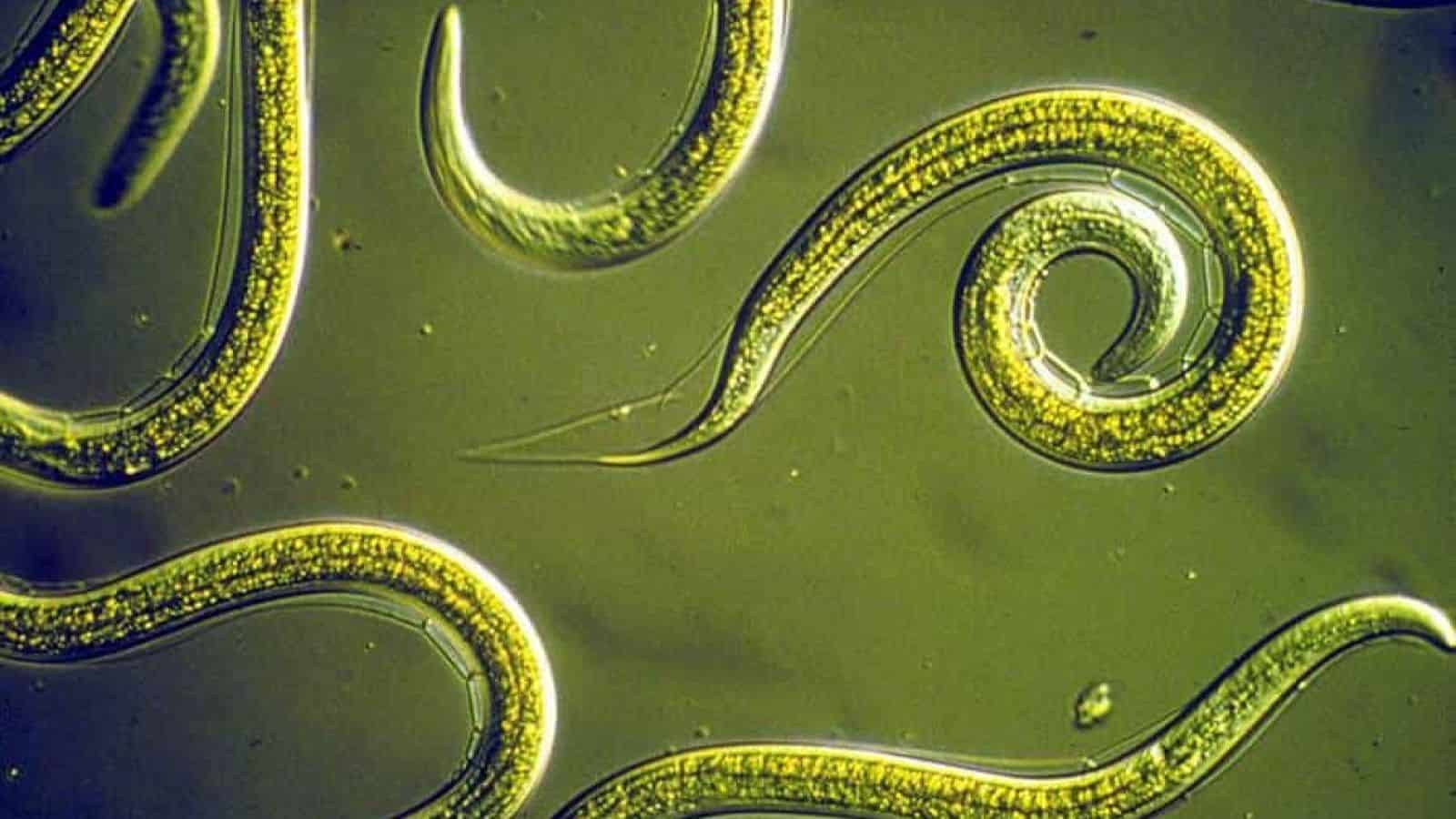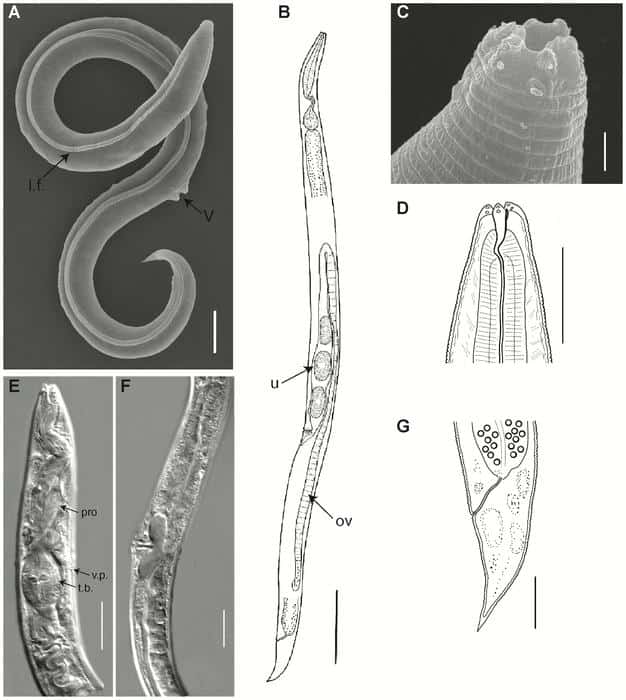
Scientists have managed to revive ancient worms that had been buried in Siberian permafrost for a staggering 46,000 years. The worms not only woke up from their millennial slumber but also reproduced. In doing so, they’ve brought an entirely new species back from the dead as these creatures are unique, their ancestors having long gone extinct or evolved into a different species.
Cryptobiosis: a slumber that keeps death at bay for thousands of years
These half-dozen creatures, a type of nematode or roundworm, were last active during the time of Neanderthals and wooly mammoths. They survived all these millennia in the freezer by transitioning into a state of suspended animation known as cryptobiosis.
Nematodes are among a group of microscopic animals capable of withstanding extreme conditions, including freezing or being deprived of water and oxygen. During cryptobiosis, their metabolism halts, and they stop reproducing, developing, and repairing themselves. When conditions improve, they can revive.
The phenomenon was first documented by Antonie van Leeuwenhoek in the early 18th century. Van Leeuwenhoek, considered the father of microbiology, observed seemingly lifeless dust that came to life in water within an hour, marking the initial discovery of cryptobiotic creatures. Similar phenomena have been observed in other microorganisms, like rotifers and tardigrades.
Masters of survival
The nematodes were found in permafrost near the Kolyma river in eastern Russia, buried some 130 feet underground. To revive them, researchers placed the frozen worms in petri dishes with a nutrient solution and kept them at around 21 degrees Celsius (70 degrees Fahrenheit) for several weeks. Some of the nematodes awakened and even began reproducing. The researchers also found that the nematodes’ progeny used a sugar called trehalose to protect against stressors like dehydration.
Genetic testing, including genome sequencing and phylogenetic analysis, shows the nematodes belong to a newly identified and potentially extinct species belonging to the Panagrolaimidae family of roundworms. In honor of the river where they were discovered, the researchers named the nematodes Panagrolaimus kolymaensis.
Teymuras Kurzchalia, a professor at the Max Planck Institute of Molecular Cell Biology and Genetics in Germany and co-author of the new study, described nematodes as stretching the boundaries of life. “They can exist in this world that is neither life nor death,” he told The Times, reflecting on the unique capabilities of these remarkable creatures.

Kurzchalia and his colleagues initially studied a related species, Caenorhabditis elegans, in 2018. While scientists knew about germinated seeds after centuries or reanimated bacteria after millions of years of slumber, these nematodes — which are orders of magnitude more complex than bacteria — could survive frozen for decades. Little did the researchers know at the time just how far the limits of cryptobiosis can be stretched for animals.
In a previous study, the researchers showed that C. elegans worms could be coaxed to enter cryptobiosis through desiccation (completely drying the animal of all its water) and freezing. The researchers managed to reanimate one of these dormant larvae after an incredible 500 days, sparking great excitement about the possibility of halting life temporarily for long periods of time.
But the scientists then heard about an exciting discovery in Siberia: two frozen nematodes were retrieved from deep underground, thawed, and their genomes sequenced. Their genetic code didn’t match any known species. Carbon dating of the soil surrounding the worms indicated they had been in stasis since the late Pleistocene, a time when humans were migrating from Africa into Europe.
These original worms have died, but their descendants wound up at the Max Planck lab in Germany for study. There are already dozens of new generations of these worms, which can reproduce asexually, essentially cloning themselves. Now, scientists would like to find the modern populations of this ancient species, if they still exist. Comparing Panagrolaimus kolymaensis with its descendants that might have evolved for 100,000 generations would be a holy grail for biology.
Transhumanists are also likely paying close attention to these developments. The discovery of these ancient worms raises intriguing questions about the possibility of unlocking the secrets of cryptobiosis to help humans survive extreme conditions. Imagine hijacking this biological phenomenon to help astronauts survive grueling multi-century trips to other star systems.
While this notion remains in the realm of science fiction for now, further research into the workings of genes and proteins in cryptobiotic creatures could provide valuable insights that may one day be applied to improve human resilience. Yet while the findings are plausible, scientists remain cautious about the possibility of contamination during the collection and testing process.
Cryptobiosis continues to be an enduring mystery in animal physiology. With the resurrection of these ancient worms, we are given a unique glimpse into the thin line between life and death.
The findings appeared in the journal PLOS Genetics.






